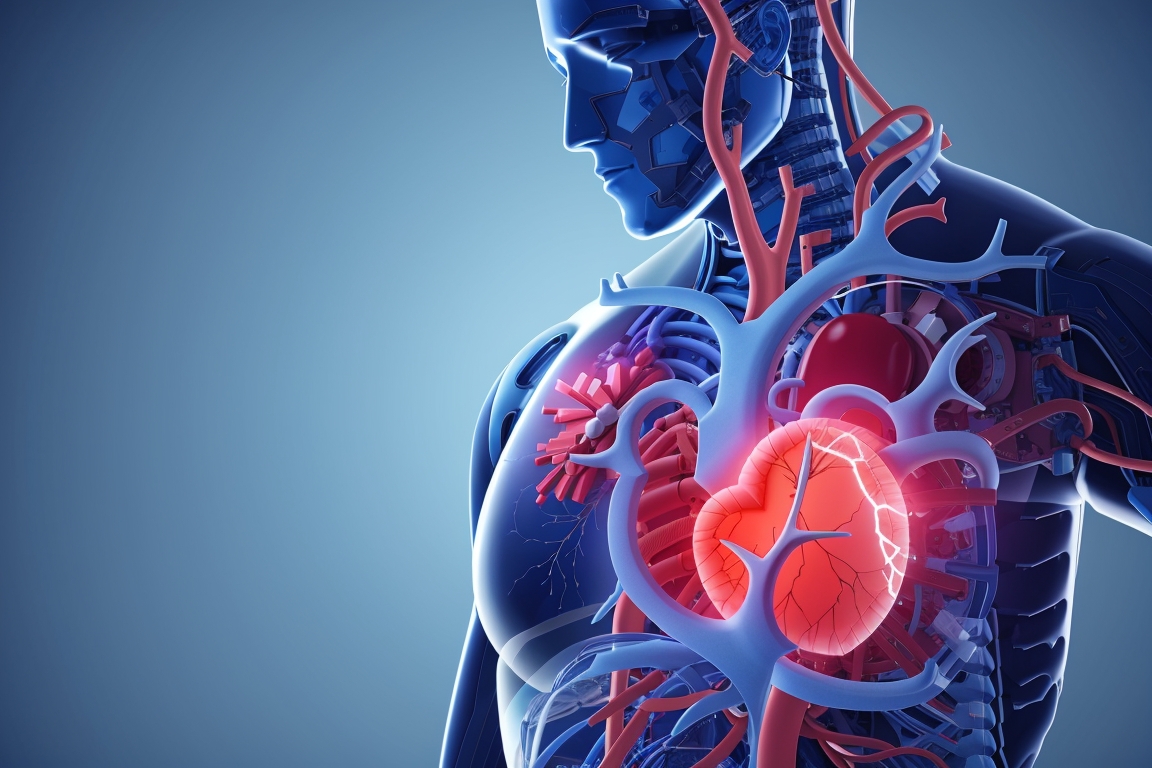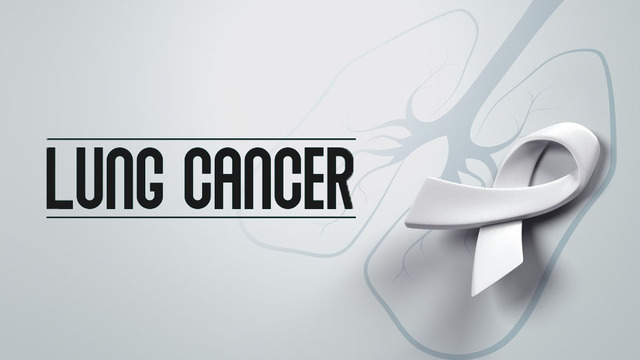WHAT MAKES CANCER A GLOBAL THREAT
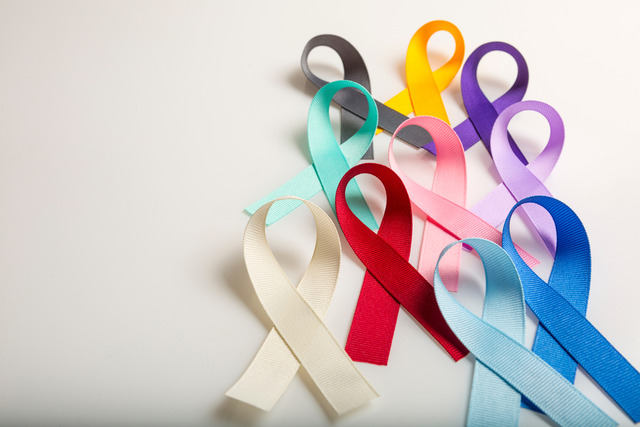
In a world where health is paramount, the mere mention of “cancer” sends shivers down our spines. But what do we really know about this enigmatic disease? Is it a singular entity, or a complex web of ailments?
Let’s delve into the intricacies of cancer
Cancer really? Are we talking about it now?
THE DIVERSITY OF CANCER
According to illinois department of public health.
Cancer is not a monolith; it’s a multifaceted group of diseases, numbering over 200.
At its core, cancer represents an uncontrolled proliferation of cells. Wreaking havoc on the body’s tissues and organs. These renegade cells deviate from the norm in both structure and function.
Do you remember when bidden said. He will find a cure of cancer. But why? What’s so much big about this.

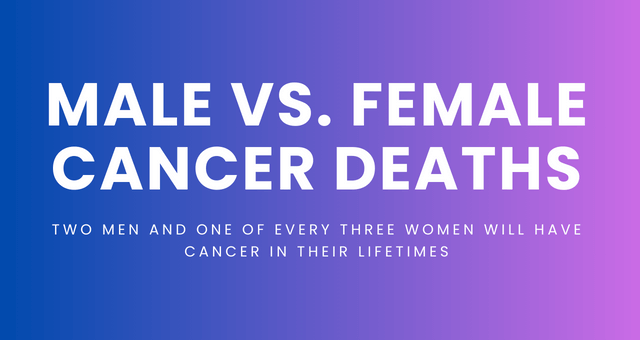
THE GLOBAL THREAT: CANCER

Which extreme cancer is causing worldwide death?
Seeing this data here in graph shows its Lung cancer. Its devastating impact, claimed the lives of 1.79 million people worldwide in 2020.
It leads the grim race as the deadliest cancer globally. Followed by colorectal, stomach, and liver cancer.
Yet, lung cancer ranks only sixth in the list of overall causes of death worldwide. The champions in this morbid arena are heart disease and stroke.
CANCER DEATH STATISTICS
These statistics underscore the magnitude of the problem. It’s estimated that, one out of every two men and one out of every three women will have cancer during their lifetime.
The Prelude to Devastation
Cancer’s insidious nature lies in its ability to rob us of the essence of life – our cells. It starts by hijacking the cellular division process.
HOW DOES CANCER STARTS?
To understand you need to understand what cancer does to our body.
Cancer is a process with three steps:
1. initiation,
2. promotion and
3. progression.
The Three-Act Play
First Step – Initiation:
The first step involves changes to the genetic code (DNA) of a cell called initiation. This can happen by accident. Usually, our body can fix these mistakes, like using an eraser to correct a mistake in writing. But if a cell with a mistake starts to make more cells with the same mistake. It can be a problem because it might lead to cancer.
Next Step – Promotion:
Picture a sinister figure aiding these errant cells’ rapid growth – this figure is known as a “promoter.” Various factors like hormones and harmful substances (such as those from smoking) can take on this role. They accelerate the growth of flawed cells, perpetuating the cycle of mistakes.
Last Step – Progression:
When the cells with mistakes keep growing and don’t stop, they can form a big group called a “tumor.” Think of a tumor like a lump that can cause trouble. These tumors can grow into places they shouldn’t or even spread to other parts of our body. This is when we say someone has cancer.
Also note one thing how fast cancer happens can depend on things like our body and special factors in our genes.
Battling the Monster: Cancer Treatment
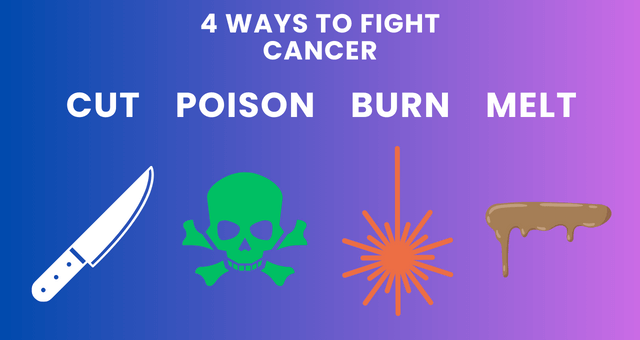
As we confront this formidable foe, there are four key strategies in our arsenal – Cut, Poison, Burn, and Melt. Each strategy plays a pivotal role in halting the cancerous progression.
Now you must be thinking that what actually we are doing about cancer right now. We cure it by 4 different ways
- Cut
- Poison
- Burn
- Melt
Each step plays a vital role in stopping the cancer process. Since a period of many years usually exists between starting and symptoms showing up.
Cancer prevention methods like risk control and early detection are most effective. If the cancer is in early-stage, it can often be removed surgically, stopping its spread.
However, for individuals where cancer has already spread throughout the body. Poison becomes the weapon of choice – chemotherapy.
This treatment involves administering chemicals that target rapidly dividing cells, aiming to kill.
But have you ever wondered how chemotherapy was discovered?
It’s a sad tale with roots in World War II.
The SS John Harvey, a Liberty ship stationed in Italy’s Bari harbor. Had a stockpile of 100 tons of mustard gas
As a result of the bombardments, unwittingly released a stockpile of mustard gas.
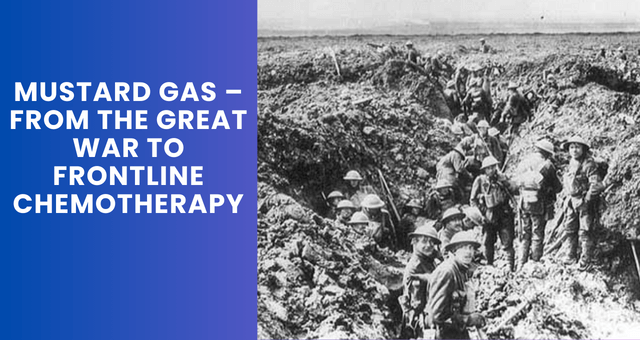
Unfortunately, nobody on that ship survived. Also the gas got out into the town of Bari without people knowing.
Later on, people who were exposed to the gas started getting sick. Particularly concerning their white blood cells.
This unfortunate event sparked the idea. That substances like mustard gas, might have potential against cancer. As it impede the rapid growth of white blood cells,
Dr. Goodman and Dr. Gilman initiated experiments in 1942. Demonstrating that low doses of mustard gas could indeed shrink tumors. This groundbreaking discovery marked the birth of chemotherapy in the fight against cancer.
In 1946, they shared all their findings with the world, and this got all scientists interested.
They started looking at similar chemicals – nitrogen mustard and found that they could use them to fight cancer too.
This was the beginning of chemotherapy for cancer.
Today, we often combine chemotherapy with radiation therapy, or “burning,” to treat cancer.
Additionally, there’s a newer player in the field – immunotherapy.
Now this therapy tells our bodys immune system about the hidden cancer cells.
The immune system is like a detective, and when it finds out that a cell is pretending to be normal but is actually a bad cancer cell. It gets really mad and destroys it.
These methods have helped save lots and lots of people from cancer. So, we have different ways to fight the bad cancer cells and keep people healthy.
The Origins of Cancer
The question looms: What causes cancer? No single cause bears the blame:
It can involve factors such as:
- genetics
- health
- nutrition
- personal habits
- and the environment. instead, cancer’s development hinges on a complex interplay of these elements.
The Cure Conundrum: Can Cancer be cure?
The ultimate question that hangs over us all is whats the cure of cancer. Well its only early detection thats it. Period!
While treatments like chemotherapy, vaccines, and immunotherapy hold promise. The real hero in this narrative is early detection.
So if you are thinking to have a full MRI then its time to go baby.
FAQs
What are the most common types of cancer?
Common types of cancer include lung cancer, breast cancer, prostate cancer, and colorectal cancer.
Is cancer hereditary?
While genetics can play a role, not all cancers are hereditary. Many are influenced by lifestyle and environmental factors.
Are there alternative treatments for cancer?
Complementary and alternative therapies exist, but they should always be discussed with a healthcare professional in conjunction with conventional treatments.
Can cancer be prevented?
While not all cases can be prevented, adopting a healthy lifestyle, getting regular check-ups, and avoiding known carcinogens can reduce the risk.
What’s the significance of early detection in cancer treatment?
Early detection is crucial because it allows for more effective and less aggressive treatment options, often resulting in better outcomes for patients.
Remember, in the battle against cancer, knowledge and early action are your greatest allies.
